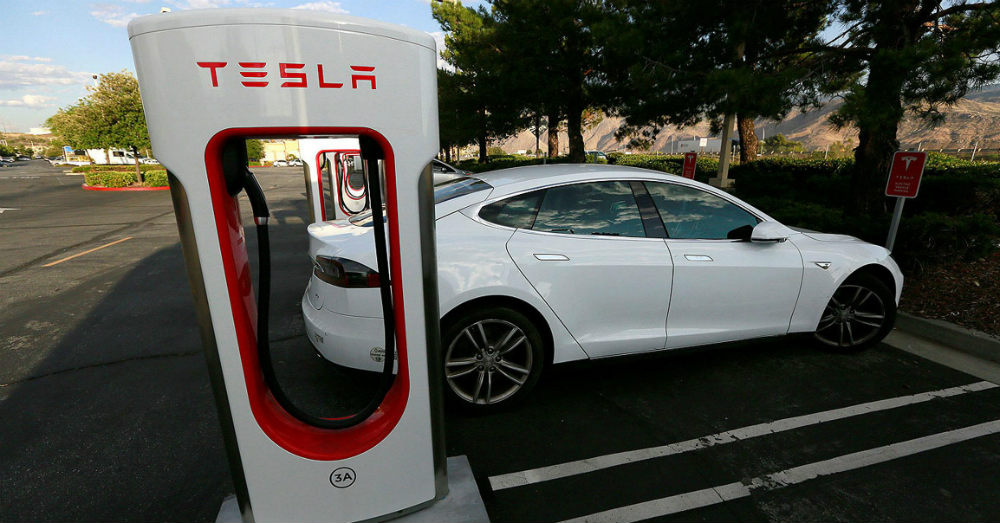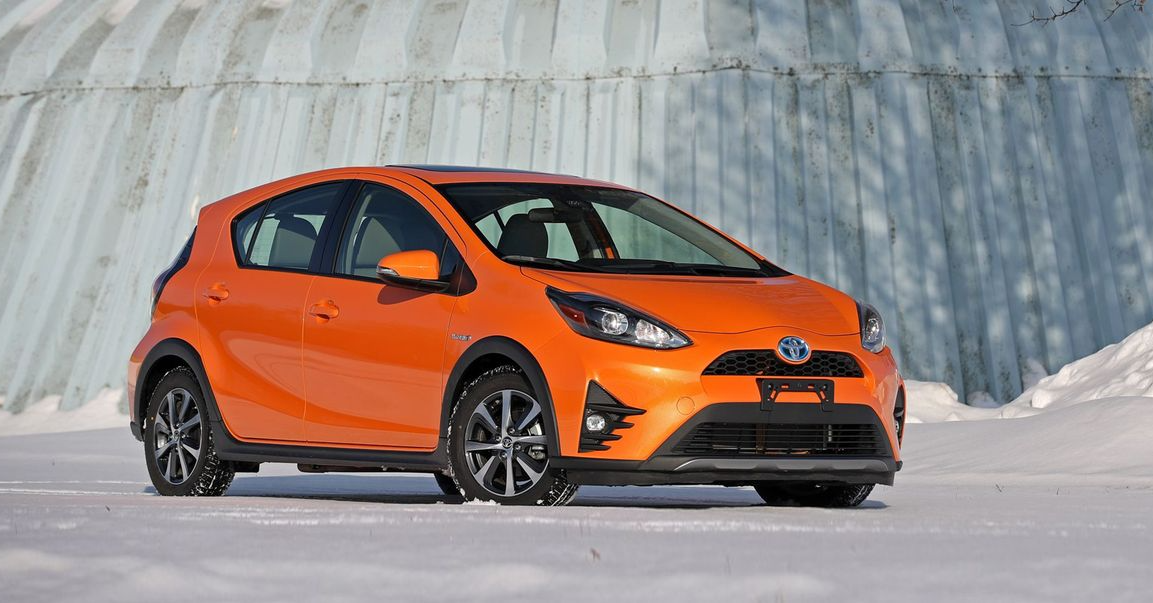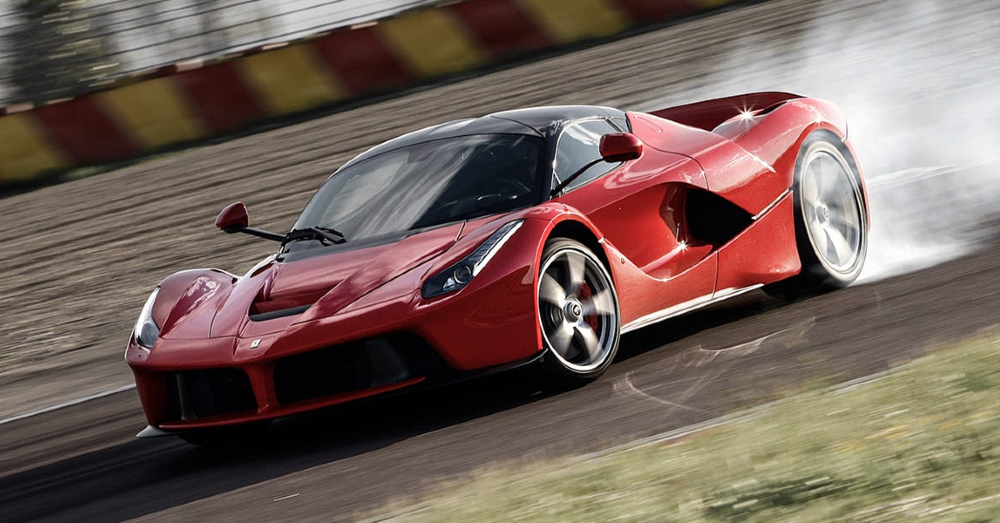When it comes to the movement toward more electric vehicles on the roads around the country, the state of California leads the way with more electric zero-emissions vehicles on the road than in any other state. Even though they lead the way, Governor Jerry Brown announced a plan to bring more EV models to the roads whit the goal of having five million EVs registered in California by 2030 so that we can have a cleaner environment and reduce the number of pollutants that are expelled into the environment on the way to a cleaner California.The original goal of bringing 1.5 million EV models to the streets by 2025 has been difficult so far because of an infrastructure problem. Currently, there are nearly 350,000 EV models registered in California, which is the most in the country by far, but that’s not where the Governor wants to stop, which means the infrastructure problem needs to be addressed right away. Right now, there are close to 14.5 million vehicles registered in California, which means this EV number is just a small percentage of what we see for the driving on the roads in California.
What is the Infrastructure Problem?
Right now, the issue with growing the number of EV models on the roads in California is the lack of charging stations offered around the state. Right now, we see nearly 12,000 charging stations around the state, which is amazing compared to the rest of the country, but its inadequate when you think of the number of vehicles that will be on the road that are EV models that will help make it possible for the air quality in this state to improve over time. The reality is that there is a need to have nearly 250,000 charging stations in California by 2025. This new executive order calls for a $2.5 billion investment to offer a surge in the number of chargers around the state. The question, when you consider these numbers is “Does California really need that number of chargers?” Right now there are nearly 8,500 gas stations around the state, which means the EV charging stations already outnumber the number of gas stations that you’ll find when you drive in this state. The problem comes in when you consider the amount of time it takes to fill each type of vehicle with the power needed to drive. Electric vehicles take much longer to charge than a gasoline model takes to fill up. A charge using a 240-volt outlet takes nearly nine hours for some vehicles, which means these vehicles need to charge all night. Even though most people don’t drive more than an average of 30 miles in any given day, the ability to drive longer is needed. This means there will need to be more fast-charging stations that can increase an EV to nearly eighty percent full in 20-30 minutes, which might be more necessary. Thankfully, Brown included a plan for nearly 10,000 new fast-charging stations to be built along with the others in order to meet the needs of five million EV drivers by 2030.
This post may contain affiliate links. Meaning a commission is given should you decide to make a purchase through these links, at no cost to you. All products shown are researched and tested to give an accurate review for you.




